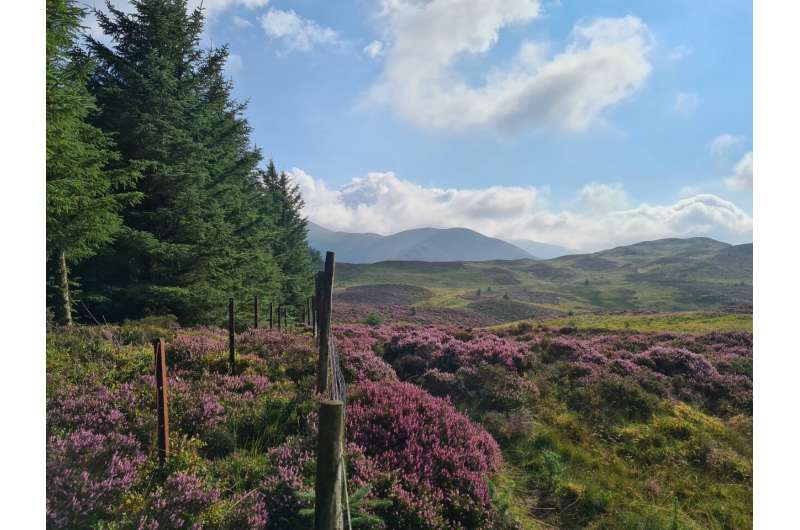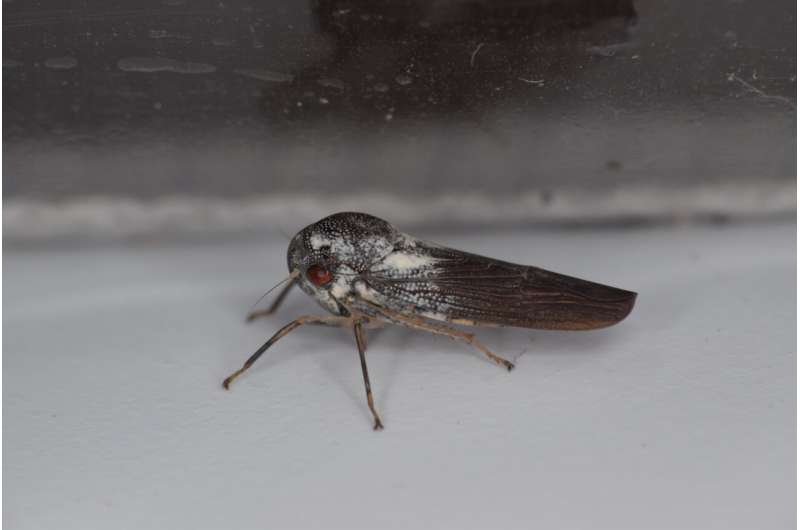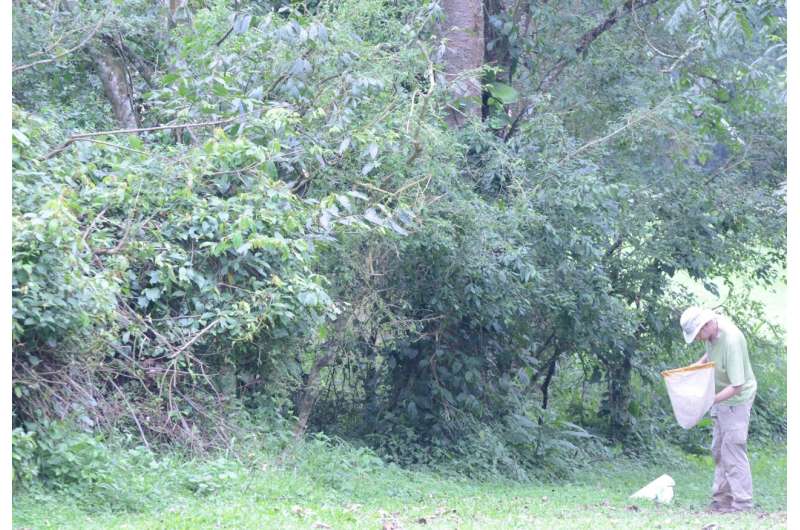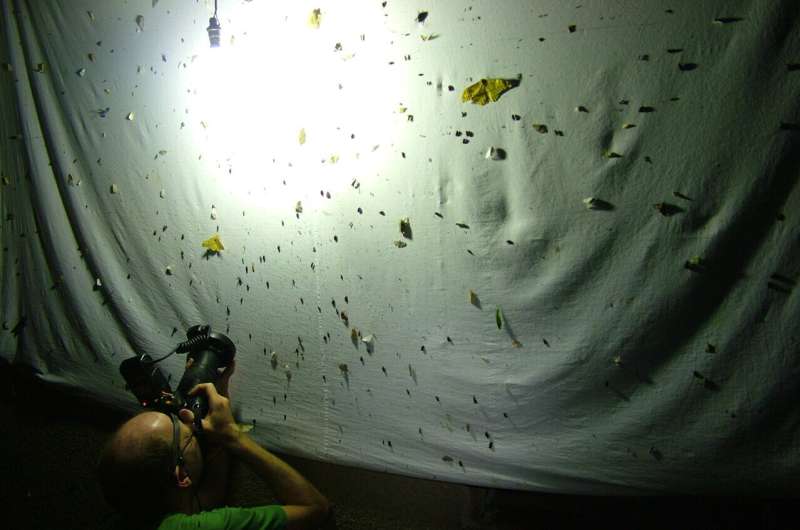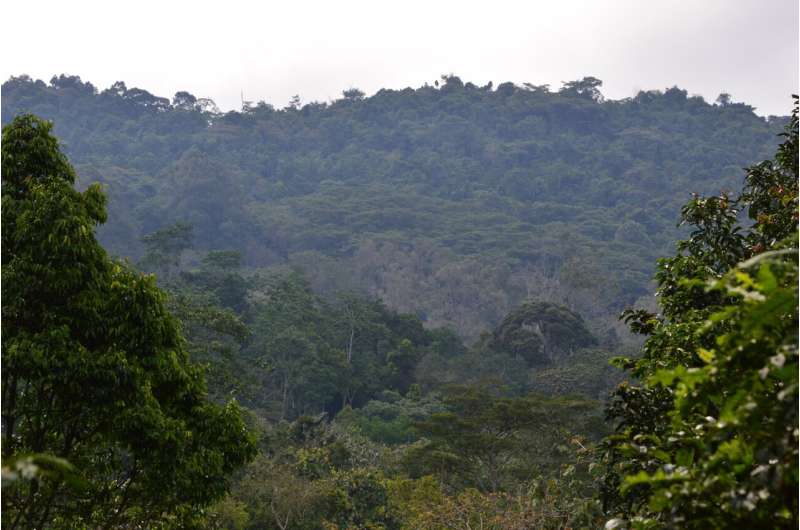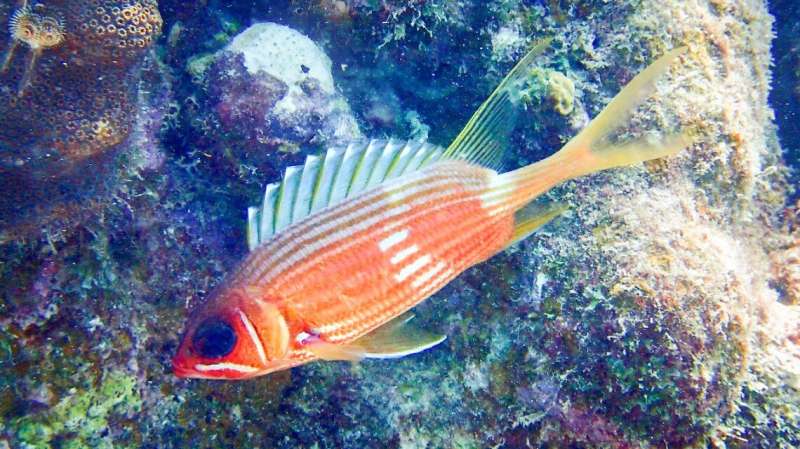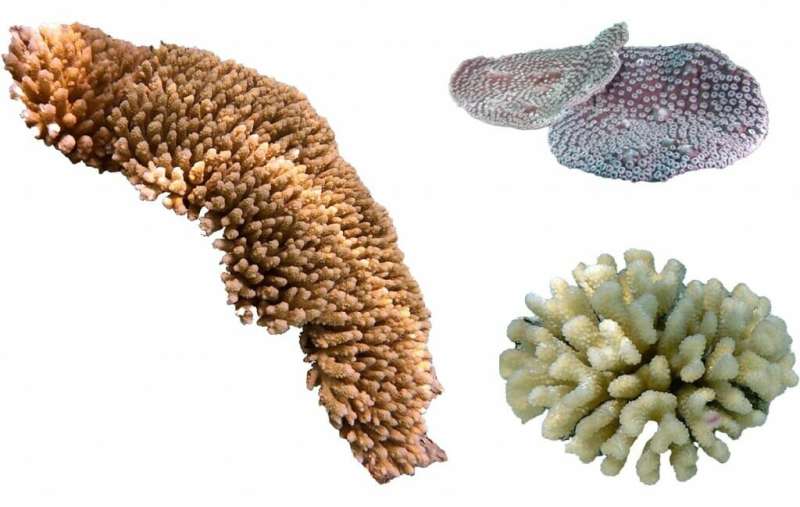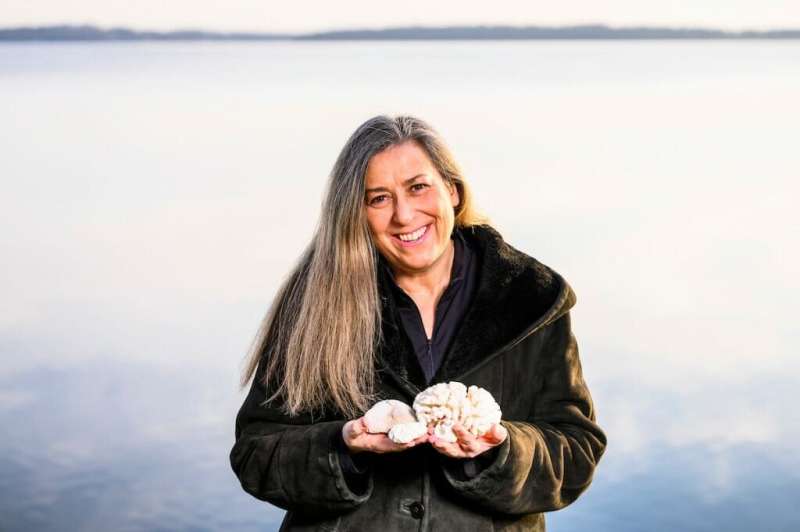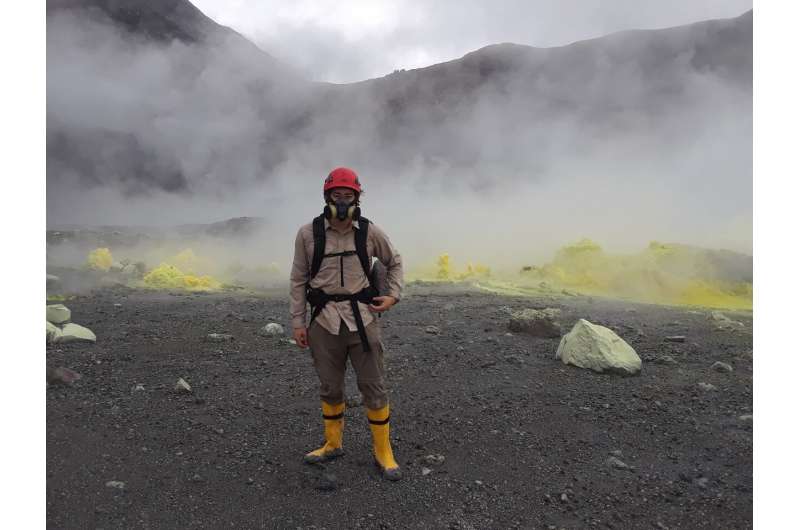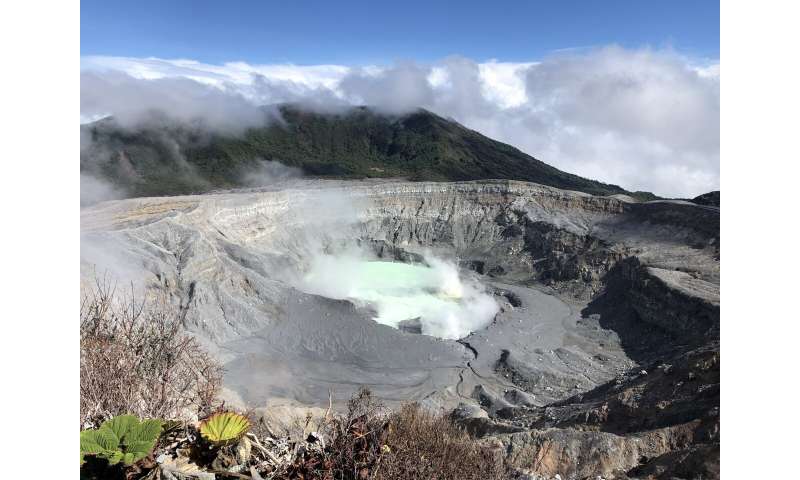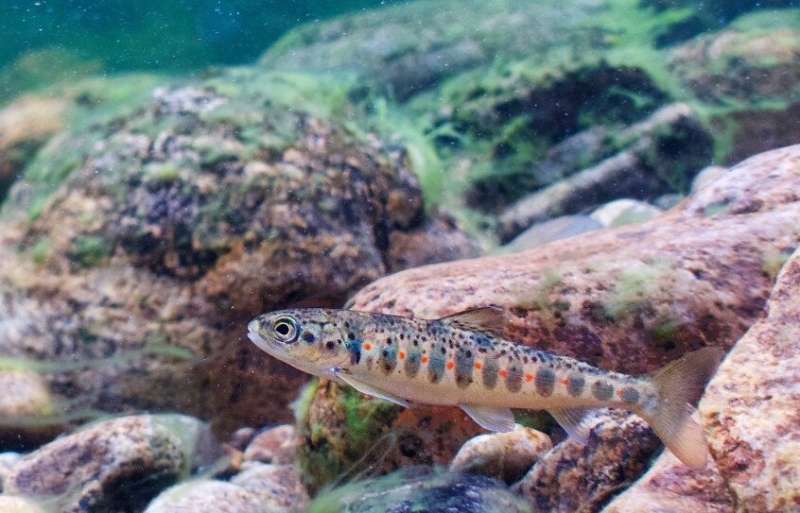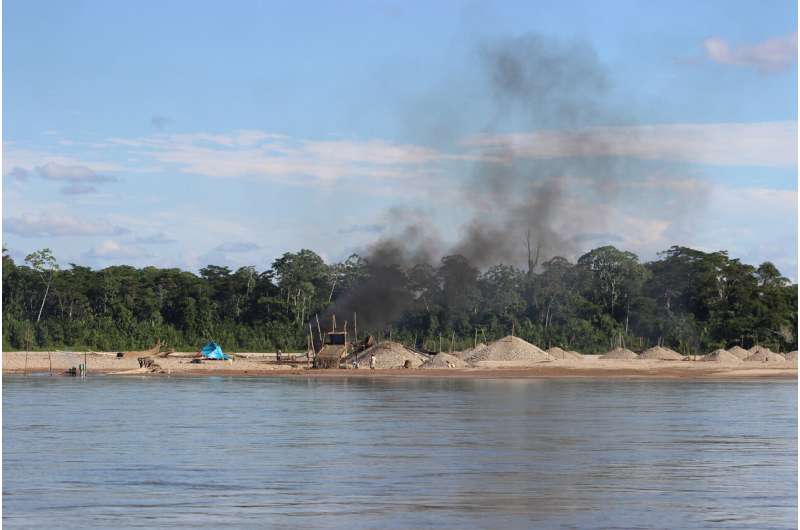The unfair 'double whammy' of minority ethnic children in care
Children in care who come from an ethnic minority background can experience a 'double whammy' of disadvantage when it comes to youth justice involvement, says new research from Lancaster University.
Inequalities in the youth justice system regarding ethnic minority children and children in care, including foster care, children's homes or kinship care, have intensified with minoritised children in care likely to bear the brunt, particularly those who identify as Black.
This, says the research, results in the 'institutionalised criminalisation' of ethnic minority children in care who must contend with both the stigma of their ethnicity and of being care-experienced.
Formally launched today in the Prison Service Journal, the article 'Out of Place': The Criminalisation of Black and Minority Ethnic Looked After Children in England and Wales, highlights a disproportionate representation of Black and minority ethnic children who have been through the care system.
The Economic and Social Research Council-funded research analysed official datasets from the Office for National Statistics, Department for Education, Youth Justice Board, Home Office and Ministry of Justice and included 27 in-depth interviews with youth justice and children's services experts.
The research, by Dr. Katie Hunter, of Lancaster University Law School, aimed to close conspicuous gaps in the knowledge base by providing the first analysis combining ethnicity, care experience and youth justice involvement.
The research finds minority ethnic children are disproportionately likely to come into contact with the youth justice system through stop and search, with Black individuals nine times more likely to be stopped and searched than white individuals.
Ethnic minority children are also increasingly over-represented in arrest figures. For example, Black children (aged 10 to 17) comprise roughly 4.4 percent of the general population, yet accounted for 15.7 percent of arrests in 2018/19 (an increase of 7.6 percent since 2008/2009).Experts interviewed overwhelmingly felt policing of Black children and communities was excessive and driven by highly problematic, racialised assumptions about the types of individuals who engaged in criminal behaviour.
Research suggests minoritised individuals, particularly those who identify as Black, were likely to receive harsher sentences than white individuals although more research is needed to determine the precise nature of court interactions.
The official data demonstrated that Black children are more likely to be punished, and to be punished more severely at all stages of the youth justice process.
Interviewees said ethnic minority children, particularly those who are Black, must contend with racialised assumptions penetrating all aspects of the system. The research finds the disproportionality is driven by two key processes, placement instability and criminalisation in care settings.
Placement stability is exacerbated for ethnic minority children in care for whom there is a shortage of placements with ethnic minority foster carers.
This means they tend to be housed in residential placements, where they are more likely to receive a formal youth justice sanction than in other placement types.
Interviewees were concerned that children's homes had a 'last resort' status among local authorities, with one former magistrate describing them as a 'dumping ground'.
The lack of provision in inner city areas, which, typically, have larger ethnic minority populations, more heavily impacts upon ethnic minority children in care since they tend to be placed further from home than their white counterparts.
Two interviewees described how Black children could 'stick out like a sore thumb' when housed in largely white, working class areas, in which their ethnicity and care status intersect to produce the 'double whammy' outlined above.
There is evidence to suggest that children in care are subjected to increased scrutiny and surveillance, which can result in their criminalisation.
Interviewees gave numerous examples of carers, particularly staff in private children's homes, calling the police for behaviour that would not usually result in youth justice intervention.
One interviewee felt calling the police to help manage behaviour was damaging because it put children on the 'police radar' which was a 'slippery slope' to formal youth justice sanctions, leading to labelling and stigmatisation, resulting in further criminalisation.
Many interviewees also felt that looked after children were disadvantaged in the youth justice system because they were not perceived as having 'supportive' backgrounds.
Several interviewees were adamant that a lack of advocacy could result in looked after children receiving harsher sanctions, in particular custodial sentences.
They believed that professionals perceived the lives of such children as 'chaotic' and so attempt to mediate that by imposing structure.
Added Dr. Hunter: "Significant issues must be addressed to reduce the overrepresentation of ethnic minority looked after children in the youth justice system and the juvenile secure estate. Both groups of children are subjected to increased scrutiny and surveillance, ultimately amounting to institutionalised criminalisation."Ethnic minorities experience persisting inequality in treatment for mental health problems
Provided by Lancaster University
